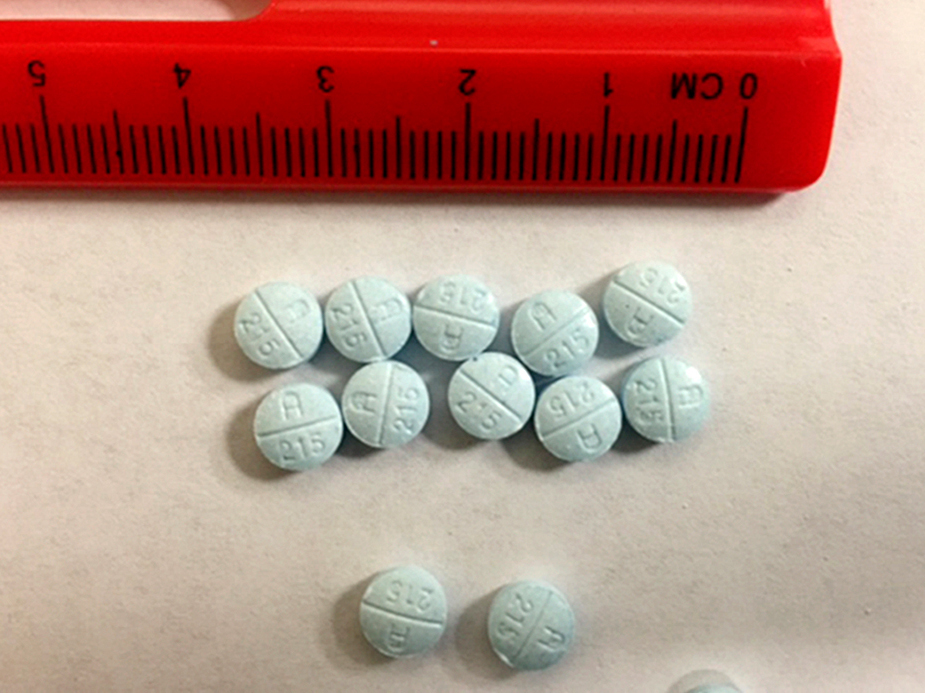US Senator Shelley Moore Capito hosted a Drug Prevention Summit Monday in Martinsburg. Dozens of community members and lawmakers from the Eastern Panhandle came together to discuss drug trafficking in Berkeley County. Heroin addiction is a major problem in the area, and the community is concerned about where to send those who need help.
The Drug Prevention Summit at the Berkeley County Sheriff’s Department lasted for two hours. Senator Capito was among eight speakers who addressed drug trafficking in the county. Each spoke about what they’re doing individually and how the organization they represent is helping to fight the problem.
Kathy Butts’ 23 year-old daughter overdosed on heroin this past November, leaving behind a 3 year-old daughter. Butts is now an advocate who is fighting the heroin epidemic in Berkeley County.
“We have addicts that are on heroin that, they want help, they need help, they know they need help,” Butts’ said, “They’re afraid to ask for it, and when they do, where are you going to send them? ”
That was the big question. Where can the addicts go to get the help they need? The other question was how to let those people who are addicted know it’s okay to tell someone they have a problem.
“You wouldn’t be able to tell she was a heroin addict. A lot of people didn’t know. That’s one of the reasons I had trouble getting her help. She didn’t want anybody to know. So we need to end the stigma. There’s so many people that’s addicted. They’re afraid to come forward,” Butts’ explained.
Berkeley County is number two in heroin overdose deaths in the state, following Cabell County. The biggest concern at the summit was the lack of efficient drug treatment facilities; places where someone who’s addicted to drugs can get help.
Tom Carr is the Executive Director of the Washington-Baltimore HIDTA, which stands for High Intensity Drug Trafficking Areas. Berkeley County was recently included within the Washington-Baltimore HIDTA area.
“The first thing we did was we set up a drug task force,” Carr said, “and we provided cash and other resources and as a result, your Berkeley County Task Force has been doing yeoman’s work. They have been diligently working to identify, working with our analysts to dismantle and disrupt drug trafficking organizations that are bringing the heroin into this area.”
Carr also says HIDTA has funding for treatment and prevention, which he hopes will provide the necessary long-term help to addicts in Berkeley County.
Jeff Cisar is an on-grounds investigator and a member of the Eastern Panhandle Drug Task Force. Cisar says almost all the people he talks to have a similar story about how they became addicted.
“It all starts the same way,” Cisar noted, “I hurt my back, and I was prescribed oxys. I hurt my arm, I was in a car accident, I had a real bad dental procedure, and I was prescribed oxys or percocets, and that’s how it all started. And within a short period of time, I was addicted, and then when I was cut off, I couldn’t afford to buy the pills on the street anymore…so I turned to heroin. That’s what we get on a daily basis. I turned to heroin because it’s cheaper.”
Cisar, the other panelists, and many of those in attendance agreed the heroin in the Eastern Panhandle is coming from Baltimore.
By the end of the summit, Senator Capito said she had quite a bit of work to do on the federal level to help Berkeley County and the rest of the Eastern Panhandle.
“So I’m going to take back to Washington that we need to focus on the treatment side as heavily as we have been focusing on the criminal side or the stopping the flow of drugs,” Capito said, “and I’m going to try to help recognize that in this problem, the tri-state area here, that we really, particularly in the Eastern Panhandle, are really, need help.”
